Maximize Your Workspace: The Ultimate Guide to Choosing the Perfect Cutting Table
In the ever-evolving landscape of design and crafting, the importance of selecting the ideal cutting table cannot be overstated. According to a report by the Craft and Hobby Association, approximately 68% of crafters say that having the right workspace significantly boosts their productivity and creativity. A cutting table serves as the cornerstone for various projects, from sewing to woodworking, providing a dedicated area for precision and efficiency.
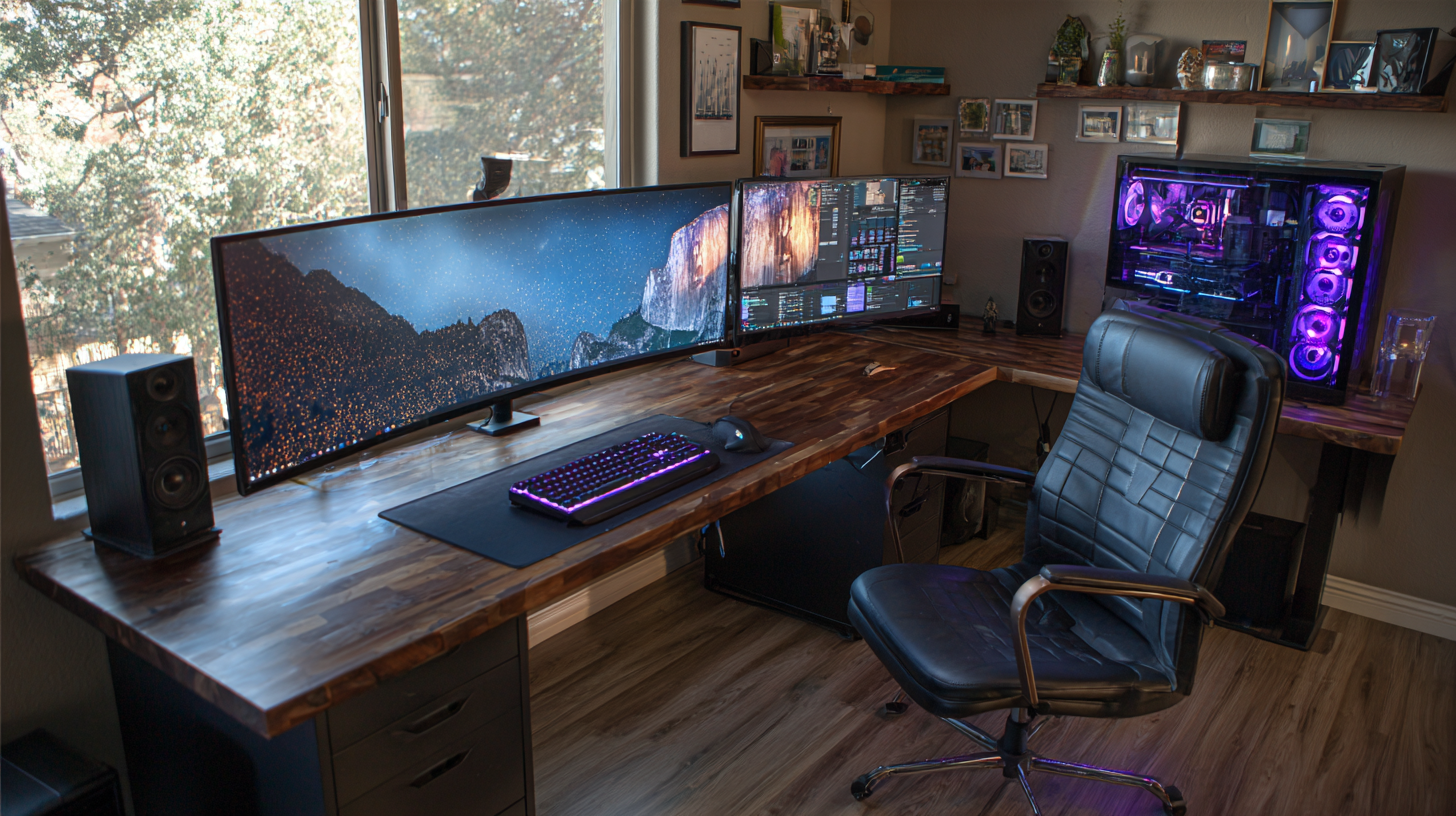 Research indicates that 50% of artisans experience strain or discomfort due to improper work surfaces, highlighting the critical need for ergonomic design in workspace setups. This guide will delve into the various types and features of cutting tables that not only enhance functionality but also contribute to an enjoyable crafting experience. Whether you're a seasoned professional or a passionate hobbyist, understanding how to maximize your workspace with the perfect cutting table is essential for achieving outstanding results.
Research indicates that 50% of artisans experience strain or discomfort due to improper work surfaces, highlighting the critical need for ergonomic design in workspace setups. This guide will delve into the various types and features of cutting tables that not only enhance functionality but also contribute to an enjoyable crafting experience. Whether you're a seasoned professional or a passionate hobbyist, understanding how to maximize your workspace with the perfect cutting table is essential for achieving outstanding results.
Tips for Assessing Your Workspace Needs Before Choosing a Cutting Table
When choosing the perfect cutting table, understanding your workspace requirements is crucial. According to a report by the American Institute of Architects, a well-designed workspace can increase productivity by up to 20%. Thus, before selecting a cutting table, it's essential to assess the available space in your workshop or studio carefully.
Consider dimensions, layout, and accessibility. The right cutting table should not only fit comfortably within your workspace but also allow for smooth movement and workflow.
Additionally, factor in the types of materials and projects you typically handle. A survey conducted by Craft Industry Alliance revealed that 65% of professional creators prefer a cutting surface that can accommodate larger materials, emphasizing the need for ample surface area. If you frequently work with oversized fabrics or large paper sheets, a table with a wider span may be necessary.
Furthermore, adjustable-height tables are gaining popularity, with a 30% increase in demand since 2020, as they cater to various user preferences and promote ergonomic practices. Tailoring your cutting table choice to your specific workspace needs can lead to a more enjoyable and efficient creative process.
Key Features to Look for in a Cutting Table for Optimal Efficiency
When selecting the ideal cutting table to maximize your workspace efficiency, several key features should be at the forefront of your decision-making process. First and foremost, the size of the table plays a crucial role. It should provide ample surface area for your cutting tasks, allowing for comfortable movement and organization of materials. Consider height-adjustability as well; a table that can be tailored to your ergonomic needs can significantly reduce strain during prolonged use.
Another important feature is the type of surface material. A sturdy, easy-to-clean surface is essential for both durability and hygiene, especially when working with various materials. Additionally, look for tables with built-in storage options, such as drawers or shelves, to keep your tools and supplies organized and within reach. Lastly, mobility is an often-overlooked aspect; having a table with wheels can enhance flexibility, enabling you to rearrange your workspace effortlessly as your projects evolve. By prioritizing these features, you can create an efficient and productive cutting environment tailored to your specific needs.
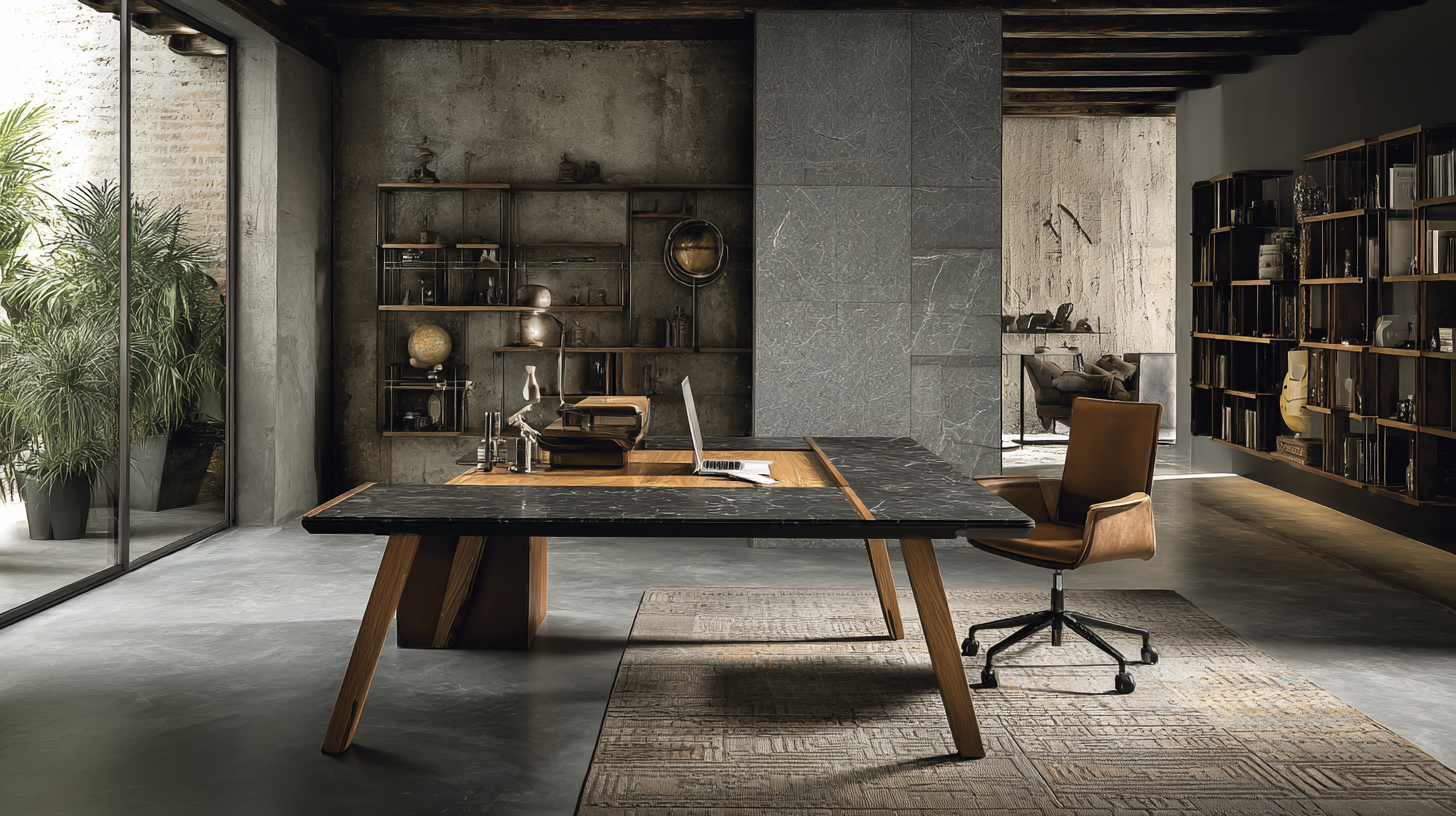
Best Materials for Cutting Tables: Balancing Durability and Functionality
When selecting a cutting table, the choice of materials is crucial for achieving the right balance between durability and functionality. One of the most popular options is a solid wood surface, which offers excellent resilience and a classic aesthetic. Wood provides natural shock absorption and a warm feel, making it comfortable for long hours of use. However, it requires regular maintenance to prevent warping or scratches, so it may not be ideal for every workspace.
Another great choice is a composite material, such as MDF or particle board, which is both budget-friendly and lightweight. These materials are less prone to warping, but they can be less durable when it comes to heavy cutting tasks. For those needing a robust surface that can withstand extensive wear, consider a high-pressure laminate. This option combines durability with ease of cleaning, making it suitable for various cutting activities while ensuring the workspace remains tidy. Ultimately, the best material for a cutting table depends on the specific needs and priorities of the user, balancing functionality with aesthetic appeal.
Maximize Your Workspace: The Ultimate Guide to Choosing the Perfect Cutting Table
| Material | Durability | Functionality | Maintenance | Cost |
|---|---|---|---|---|
| Wood | High | Versatile | Low | Medium |
| MDF | Medium | Good for crafting | Medium | Low |
| Steel | Very High | Exceptional strength | High | High |
| Plastic | Low to Medium | Water-resistant | Very Low | Very Low |
| Aluminum | High | Lightweight | Low | Medium |
Creative Storage Solutions to Enhance Your Cutting Table Experience
When setting up your cutting table, incorporating creative storage solutions can significantly enhance your experience and efficiency. A well-organized workspace allows for easy access to tools and materials, reducing distractions and increasing productivity. Consider using vertical storage options, such as wall-mounted shelves or pegboards, to keep frequently used items within reach. This not only saves precious table space but also creates an appealing visual display of your supplies.
Tips for maximizing storage include using clear bins or labeled drawers to categorize and store similar items. For instance, keep all cutting tools in one location, while fabric remnants can be stored in another. This helps streamline your workflow and minimizes the time spent searching for materials. Additionally, investing in a mobile cart can provide extra workspace and store items you may need to transport frequently.
Another creative solution is to incorporate multifunctional furniture. A cutting table with built-in storage compartments or drawers enables you to store everything from scissors to fabric rolls. This approach maintains a tidy workspace and allows for quick organization when shifting between projects. Embracing these storage strategies will not only maximize your cutting table’s potential but also elevate your overall crafting experience.
Cutting Table Usage: Maximizing Your Workspace
Adjustable Cutting Tables: Benefits of Customizing Your Workspace Height
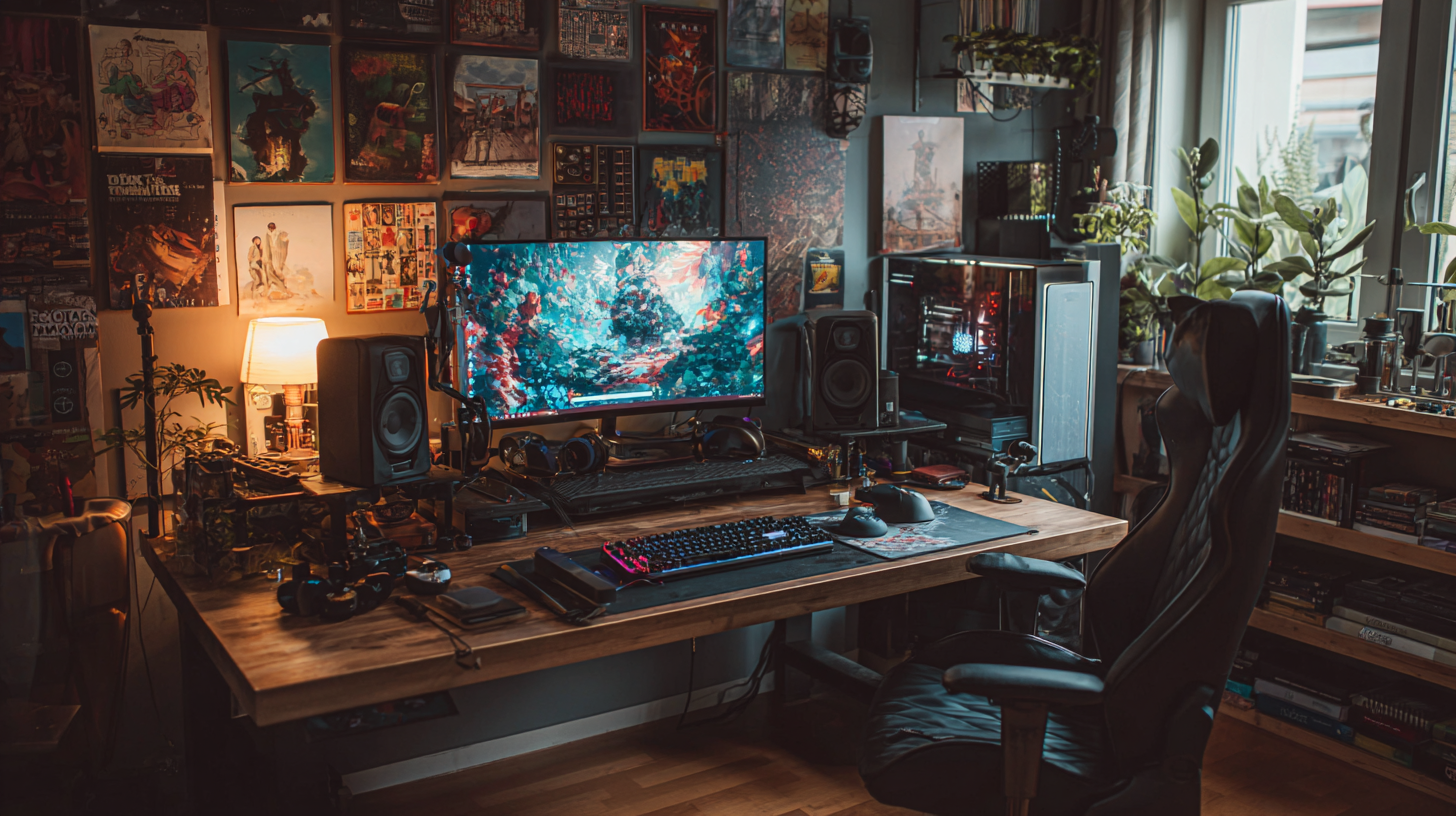 Adjustable cutting tables are becoming an essential asset for professionals in various fields, from fashion design to carpentry. According to a report by the Occupational Safety and Health Administration (OSHA), improper working heights can lead to significant strains and injuries, accounting for nearly 33% of workplace injuries. By customizing the height of your cutting table, you can not only enhance comfort but also improve efficiency, reducing the risk of fatigue and promoting better posture during long working hours.
Adjustable cutting tables are becoming an essential asset for professionals in various fields, from fashion design to carpentry. According to a report by the Occupational Safety and Health Administration (OSHA), improper working heights can lead to significant strains and injuries, accounting for nearly 33% of workplace injuries. By customizing the height of your cutting table, you can not only enhance comfort but also improve efficiency, reducing the risk of fatigue and promoting better posture during long working hours.
When selecting an adjustable cutting table, consider features like height range and stability. Tables that offer a height adjustment of at least 28 to 40 inches cater to a wider variety of users and tasks. A study by the American Journal of Industrial Medicine indicates that ergonomic workstations can enhance productivity by up to 20%. This means not only do you benefit from a better workspace, but your output can also see remarkable improvements.
Tip: Always measure your ideal working height while standing and seated, then look for a cutting table that allows for those adjustments. This ensures optimal comfort for both detailed and repetitive tasks.
Tip: Incorporate anti-fatigue mats around your adjustable cutting table. These mats can further alleviate stress on the feet and lower back, making your workspace more comfortable during prolonged use.
Related Posts
-
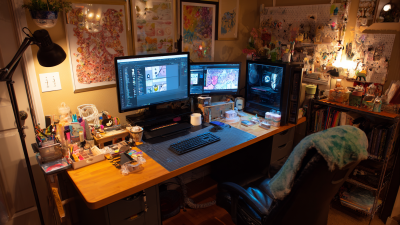
Maximizing Your Workspace Efficiency with the Right Cutting Table for Your Crafting Needs
-
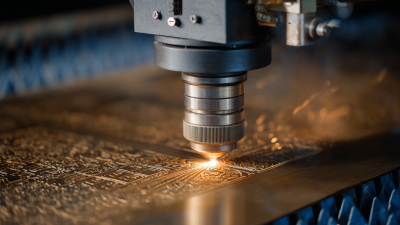
Exploring Market Trends: Stainless Steel Laser Engraving at the 138th Canton Fair 2025
-

Unlock Unlimited Possibilities with Custom Laser Cutting for Your Unique Projects
-

The Ultimate Guide to Choosing the Right CNC Router for Your DIY Projects
-

Unlocking the Power of Laser Etching in Modern Manufacturing
-

Unlocking the Future of Design: How Custom Laser Cutting is Revolutionizing Creative Industries

